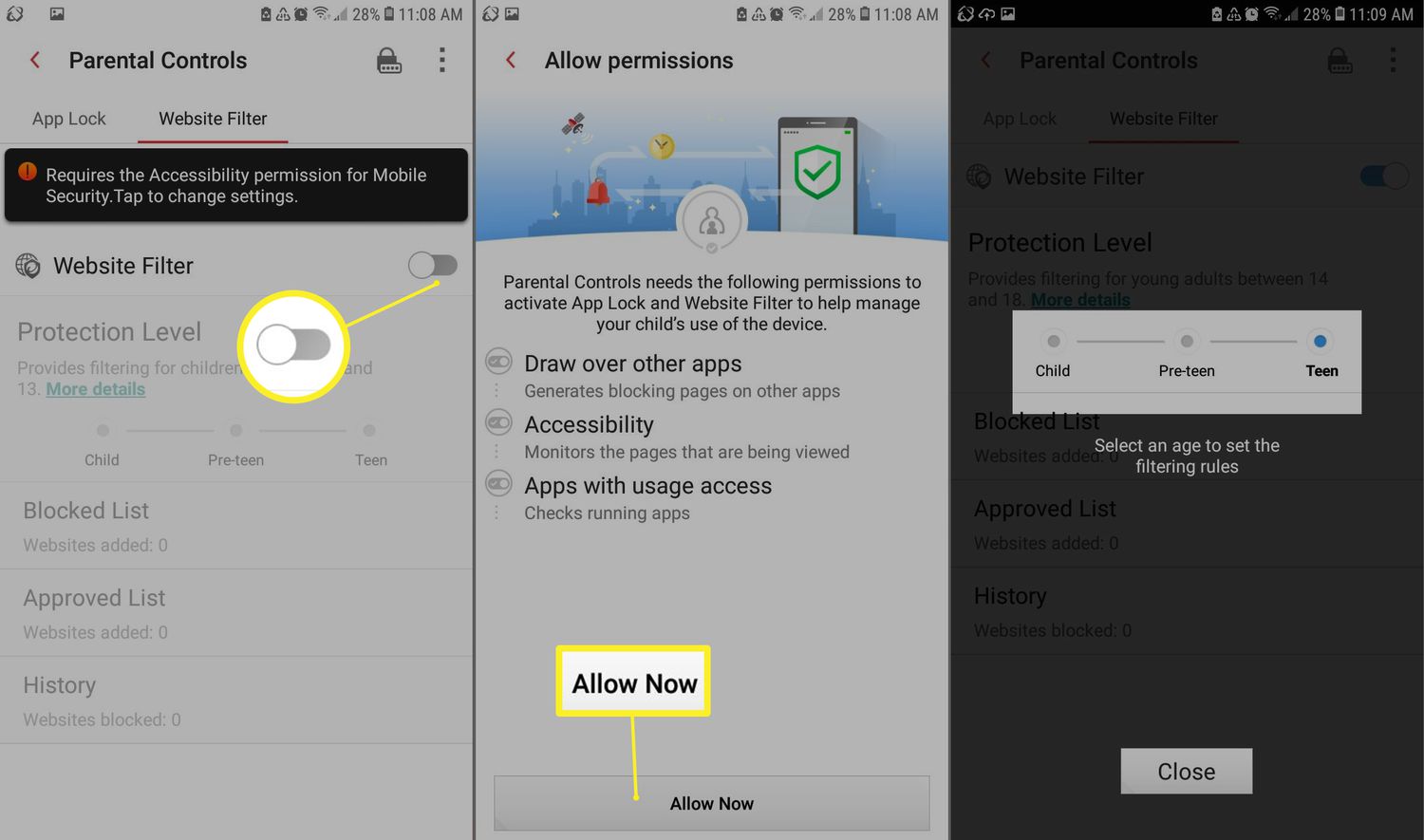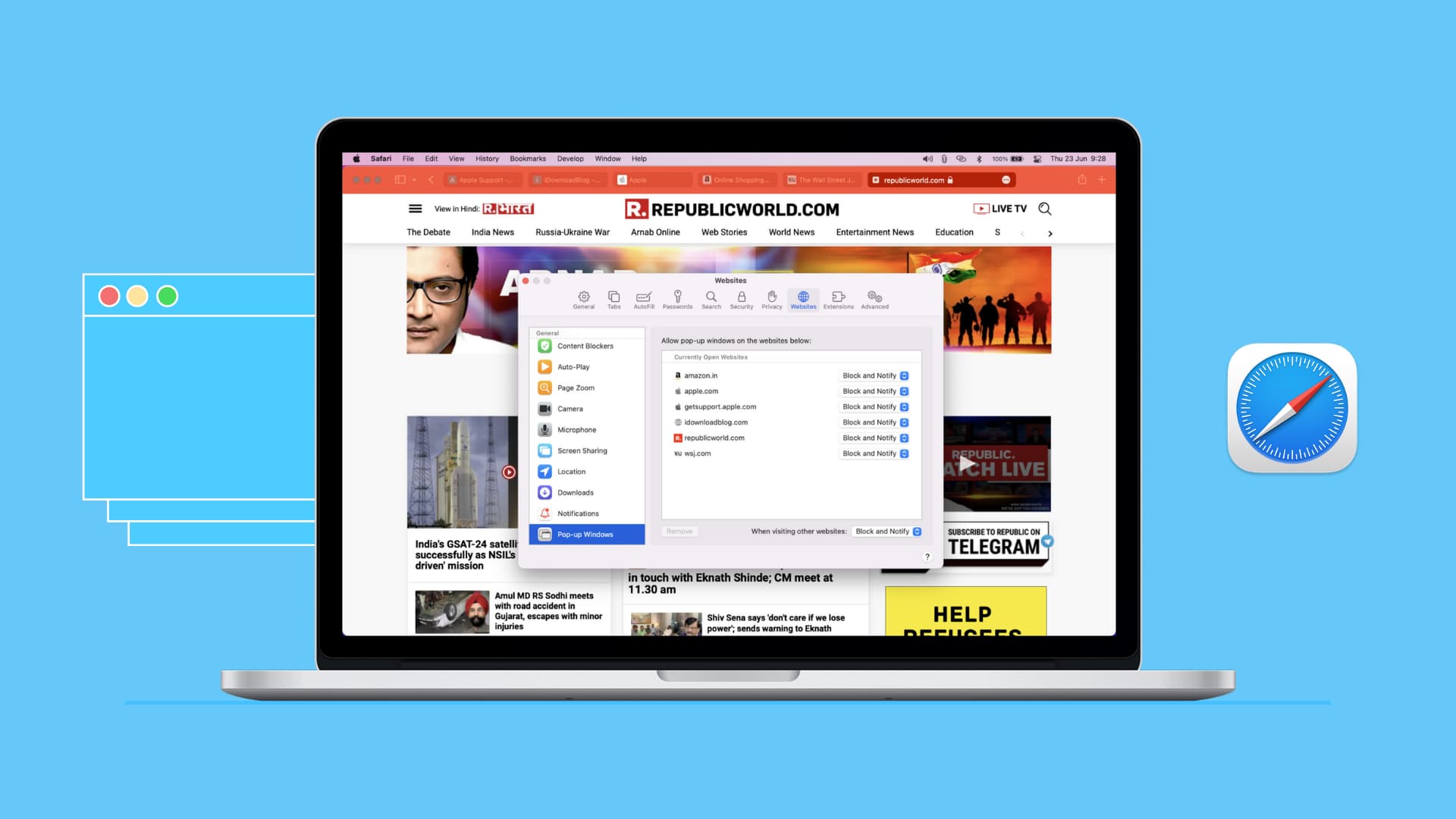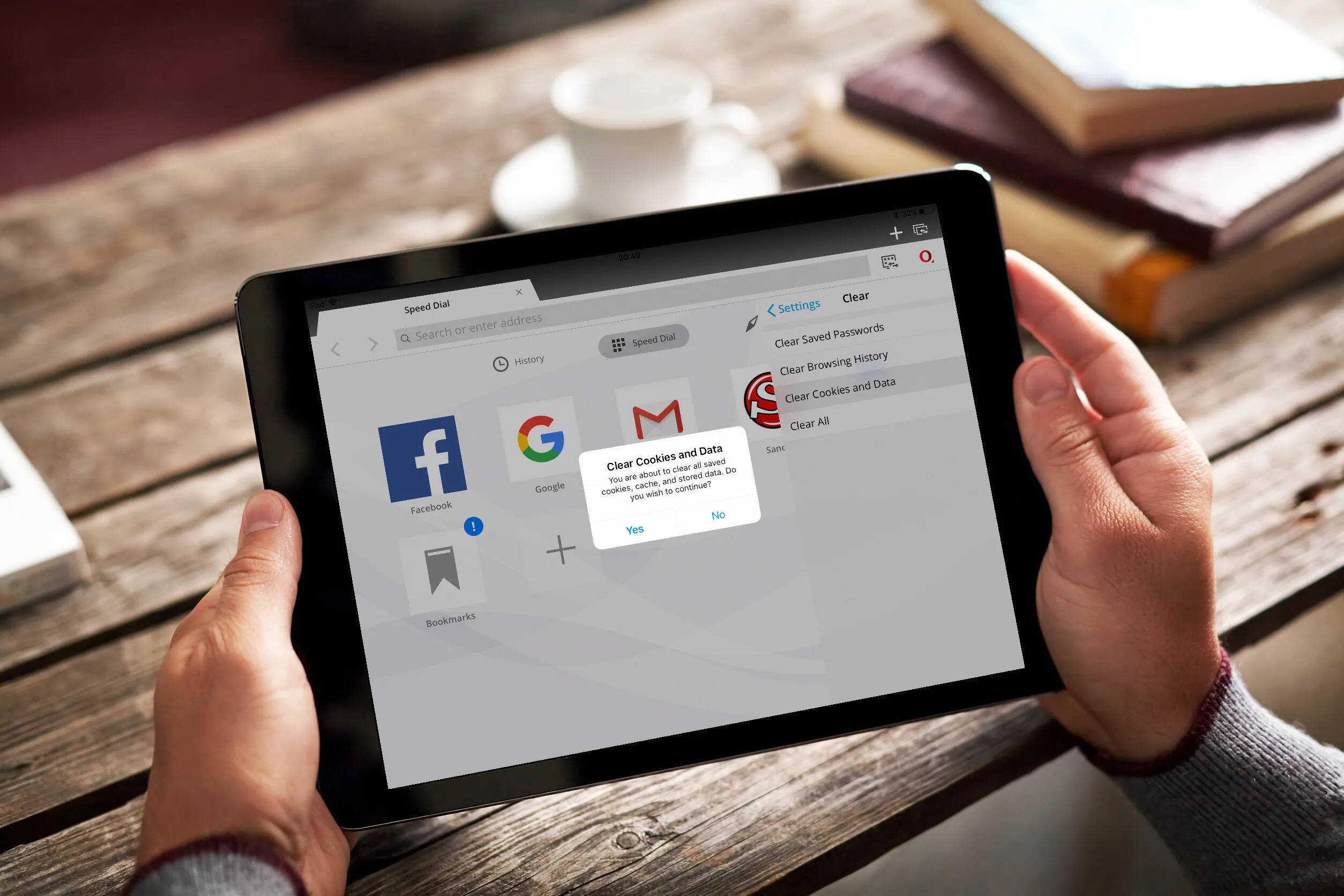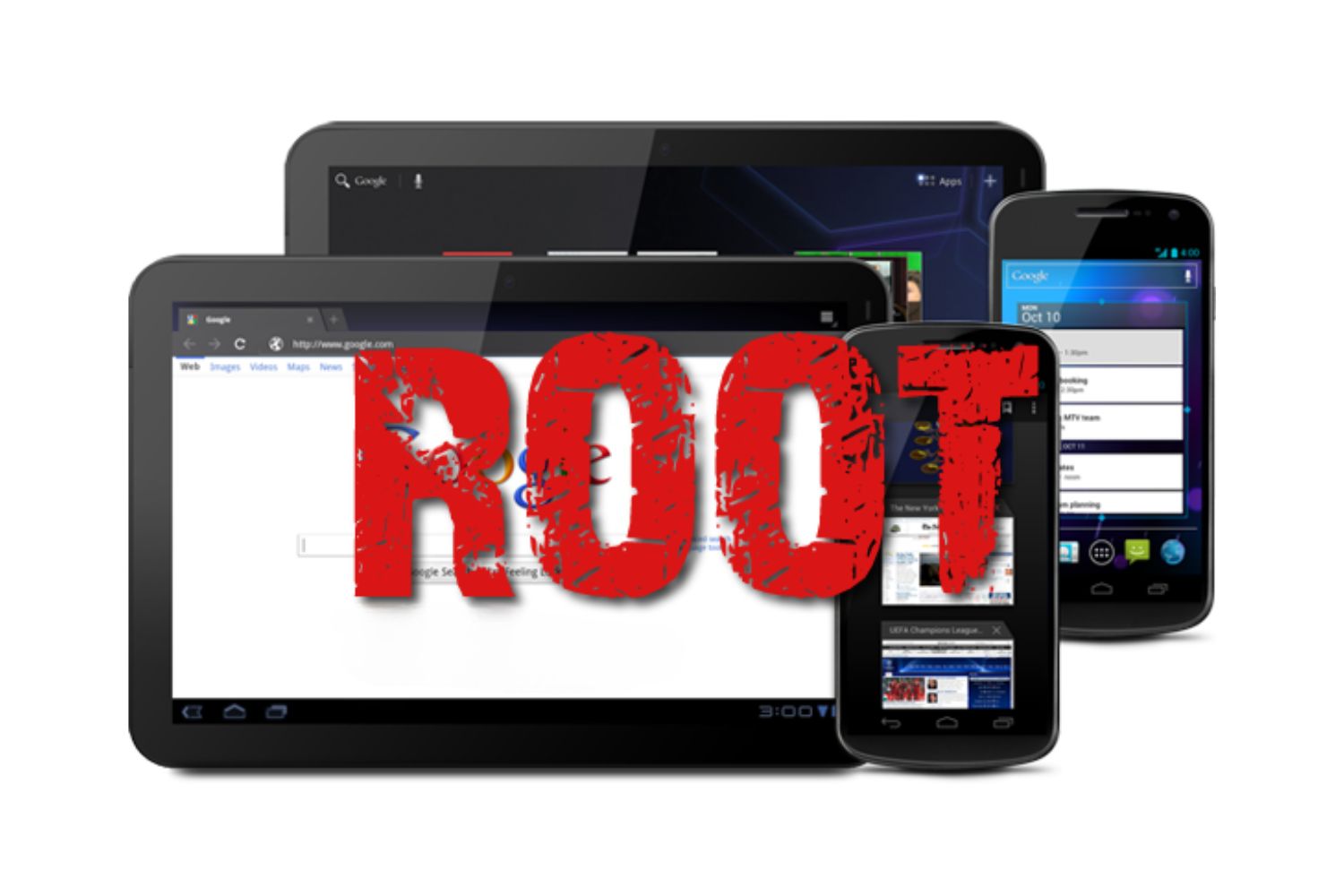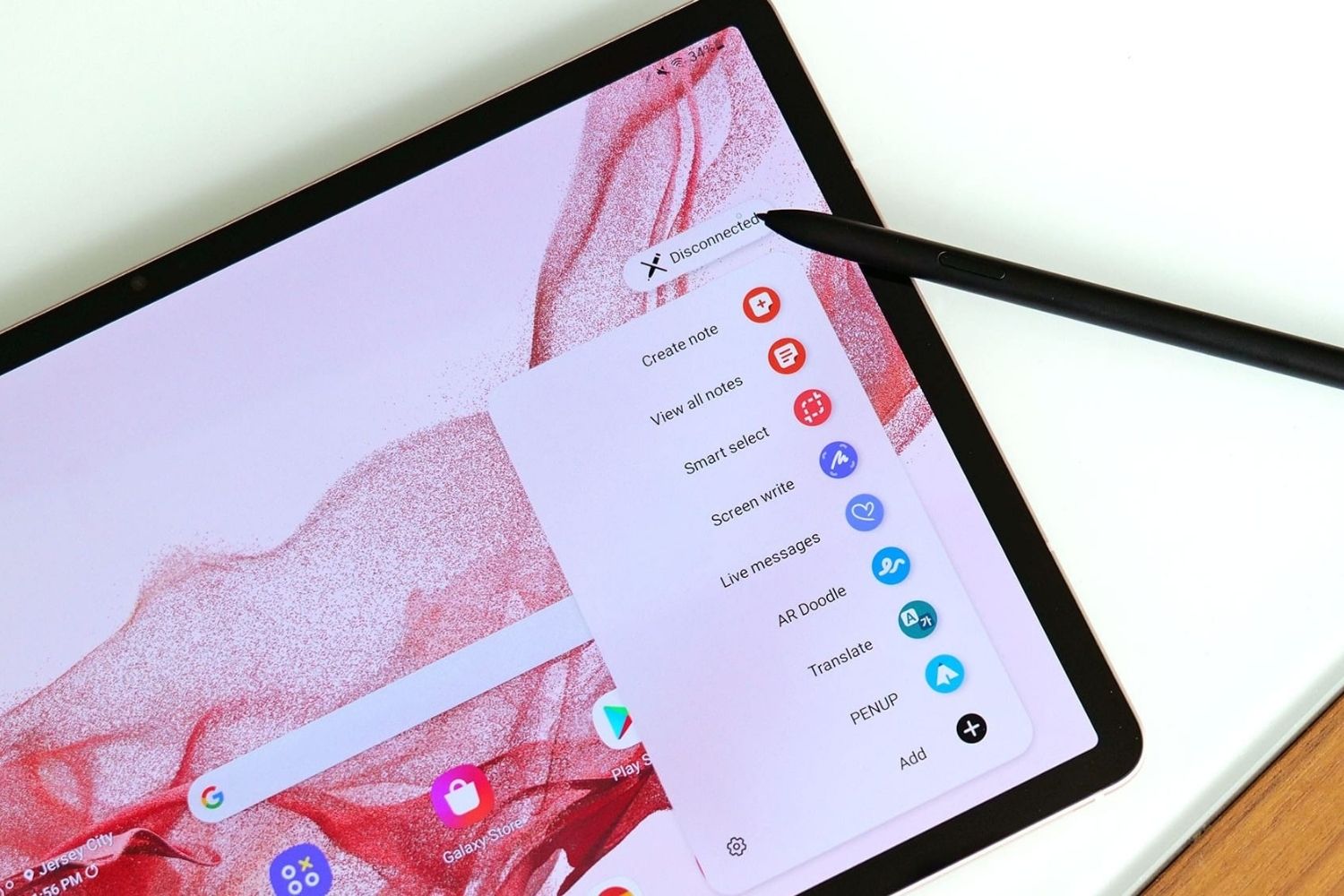Introduction
Welcome to this guide on how to block websites on your Android tablet. Whether you want to restrict access to inappropriate content for your children, improve productivity by blocking distracting websites, or maintain a healthy online environment, blocking websites on your Android tablet can be a useful tool.
With the increasing use of technology and the internet, it is important to have control over what websites can be accessed. Fortunately, there are several methods available to effectively block websites on your Android tablet.
In this article, we will explore three different methods that you can use to block websites on your Android tablet. The first method involves utilizing the built-in parental controls on your device, which allows you to set restrictions and filter content based on age appropriateness. The second method involves using a third-party app specifically designed for website blocking. Lastly, we will discuss how to manually edit the hosts file on your tablet to block specific websites.
Before we dive into the methods, it’s important to note that while these methods can be effective in blocking websites, they are not foolproof. Some determined individuals may find ways to bypass the restrictions. However, for most users, implementing these methods will provide sufficient control over website access on their Android tablets.
If you’re ready to take control of the websites that can be accessed on your Android tablet, let’s move on to the first method: using the built-in parental controls.
Method 1: Using Built-in Parental Controls
One of the easiest and most convenient ways to block websites on your Android tablet is by utilizing the built-in parental controls. These controls allow you to restrict access to certain apps and content, including websites, based on age appropriateness.
Here are the steps to enable and configure parental controls on your Android tablet:
- Open the Settings app on your tablet.
- Scroll down and tap on “Users & accounts.”
- Select the user profile for which you want to set up parental controls.
- Tap on “Parental controls” or a similar option (this may vary depending on your device).
- Toggle the switch to enable parental controls.
- Set up a PIN or password to secure the parental controls.
- Once the parental controls are enabled, you can customize the restrictions according to your preferences.
- Look for the option to block specific websites or categories of websites.
- Add the websites you want to block by entering their URLs or selecting from a list of pre-configured categories.
- Save the settings and exit the parental controls menu.
After following these steps, the websites you have blocked will no longer be accessible on the Android tablet for the user profile with parental controls enabled.
To ensure the effectiveness of the parental controls, it is crucial to keep your PIN or password secure and not share it with unauthorized individuals. Additionally, periodically review and update the list of blocked websites to ensure it aligns with your needs and preferences.
Keep in mind that while parental controls can be effective at blocking websites, they are not infallible. Some advanced users may find workarounds or use alternative browsers to bypass the restrictions. It is essential to combine parental controls with other methods for more comprehensive website blocking.
Now that you know how to use the built-in parental controls on your Android tablet, let’s move on to the next method: using a third-party app for website blocking.
Method 2: Using a Third-Party App
If you are looking for more advanced options and features to block websites on your Android tablet, using a third-party app dedicated to website blocking might be the right choice for you. These apps offer additional functionality and flexibility in blocking websites beyond what the built-in parental controls provide.
Here are the steps to block websites using a third-party app:
- Go to the Google Play Store on your Android tablet.
- Search for a website blocking app such as “BlockSite,” “AppBlock,” or “StayFocused.”
- Select a reputable app with positive reviews and a high rating.
- Install the app on your tablet by following the on-screen instructions.
- Open the app and grant any necessary permissions.
- Explore the app’s settings and features to configure the website blocking functionality.
- Add the websites you want to block by entering their URLs or selecting from a list of predefined website categories.
- Set specific schedules or time limits for website blocking if desired.
- Save the settings and exit the app.
Once the app is set up and configured, it will run in the background, actively blocking the designated websites on your Android tablet. Some apps even offer features such as password protection to prevent unauthorized access to the app’s settings.
Third-party website blocking apps often come with additional features, such as the ability to block specific apps, create blacklists or whitelists, and provide detailed reports of web usage. These apps can be particularly useful for parents who want more control over their children’s online activities or for individuals looking to improve productivity.
It’s important to note that while third-party apps can effectively block websites, some may require a subscription or offer in-app purchases for additional features. Consider your specific needs and budget when choosing which app to use.
Now that you know how to use a third-party app to block websites on your Android tablet, let’s move on to the next method: editing the hosts file manually.
Method 3: Editing the Hosts File
If you prefer a more technical approach to block websites on your Android tablet, you can manually edit the hosts file. The hosts file is a system file that maps domain names to specific IP addresses. By adding entries to the hosts file, you can redirect websites to nonexistent or blocked IP addresses, effectively blocking the sites.
Here is how you can edit the hosts file on your Android tablet:
- Open a file manager app on your Android tablet, such as “File Manager+” or “ES File Explorer.”
- Navigate to the “System” or “System/etc” directory (the exact location may vary depending on your device).
- Look for the file named “hosts” and long-press on it to select it.
- Tap on the “Open with” or “Open as text” option and choose a text editor app from the list.
- Once the hosts file is opened in the text editor, add a new line at the bottom of the file.
- Type the IP address 127.0.0.1 followed by a space and the URL of the website you want to block.
- Repeat step 6 for each website you want to block.
- Save the changes to the hosts file and exit the text editor.
After modifying the hosts file with the necessary entries, the blocked websites will be inaccessible on your Android tablet. Whenever a blocked website is accessed, the device will be redirected to the IP address 127.0.0.1, which is a local loopback address that essentially leads to nowhere.
It’s important to note that editing the hosts file requires root access on your Android tablet. Rooting your device can have potential risks, such as voiding the warranty or compromising security. Proceed with caution and only root your device if you understand the implications and are comfortable with the process.
Additionally, keep in mind that manually editing the hosts file can be time-consuming and may need periodic updates as websites change their IP addresses. If you prefer a more streamlined and automated approach, consider using one of the previously mentioned methods.
Now that you know how to manually edit the hosts file to block websites on your Android tablet, let’s move on to some tips for effective website blocking.
Tips for Effective Website Blocking
Blocking websites on your Android tablet can be an effective strategy to control access to specific content. Here are some tips to ensure the effectiveness of website blocking:
- Regularly review and update the list of blocked websites: Websites can change their content or domain names, so it’s important to periodically review and update the list of blocked websites. Stay vigilant and stay up-to-date to ensure that your website blocking remains effective.
- Combine different methods for comprehensive blocking: Instead of relying on just one method, consider combining multiple methods for more comprehensive website blocking. For example, you can use both parental controls and a third-party app to block websites, providing an extra layer of protection.
- Communicate openly about website restrictions: If you are implementing website blocking for family members or employees, it’s important to communicate openly about the reasons behind it. Explain the purpose and benefits of website blocking to foster understanding and cooperation.
- Protect your password or PIN: Whether you are using parental controls or a third-party app, make sure to choose a strong password or PIN and keep it confidential. Don’t share your password with unauthorized individuals to prevent them from bypassing the website blocking restrictions.
- Monitor and track web usage: Consider using tools or features provided by website blocking apps or parental control software to monitor and track web usage. This can help you identify any attempts to bypass the restrictions and take necessary actions.
- Regularly reassess website access needs: As circumstances change, the websites you deem necessary to block may change as well. Regularly reassess and evaluate your website access needs to ensure that your blocking efforts align with your current requirements.
By following these tips, you can improve the effectiveness of website blocking on your Android tablet and create a safer and more controlled browsing experience.
Now that you have learned tips for effective website blocking, let’s wrap up this guide.
Conclusion
Blocking websites on your Android tablet can provide you with better control over the content accessed on your device. Whether you want to limit access to inappropriate content for children, improve productivity by blocking distracting websites, or create a safer online environment, there are multiple methods available to achieve this.
In this guide, we explored three different methods for blocking websites on your Android tablet. We discussed using the built-in parental controls to set restrictions and filter content based on age appropriateness. Additionally, we explored using third-party apps specifically designed for website blocking, which provide additional features and customization options. Lastly, we covered manually editing the hosts file to redirect websites to nonexistent or blocked IP addresses.
While each method has its advantages and limitations, combining different approaches can provide a more comprehensive website blocking solution. It is important to regularly review and update the list of blocked websites, communicate openly about website restrictions, and protect your password or PIN to ensure the effectiveness of website blocking.
Remember that website blocking is not foolproof, and determined individuals may find ways to bypass the restrictions. However, for most users, implementing these methods will provide sufficient control over website access on their Android tablets.
Take the time to assess your specific needs and choose the method or combination of methods that best suits your requirements. Whether you are a parent looking to create a safe online environment for your children or an individual striving for increased productivity, website blocking can be a powerful tool in achieving your goals.
Now that you have the knowledge and tools to block websites on your Android tablet, go ahead and take control of your online experience!







